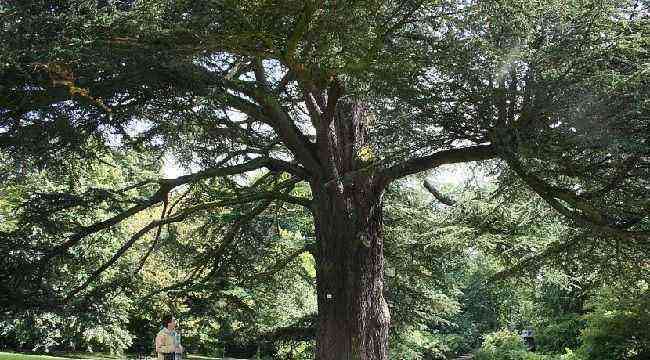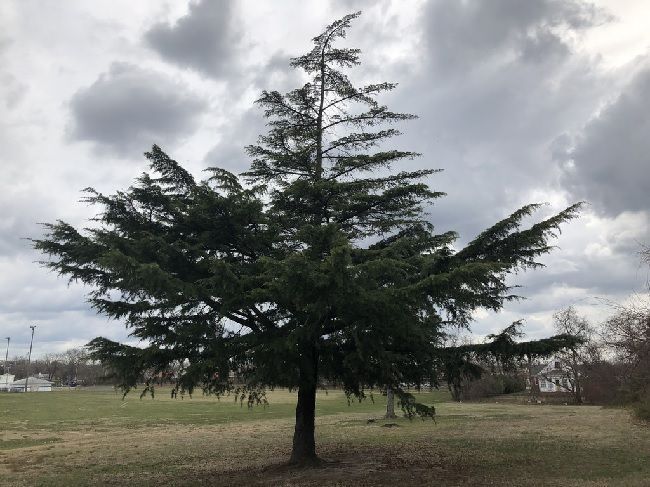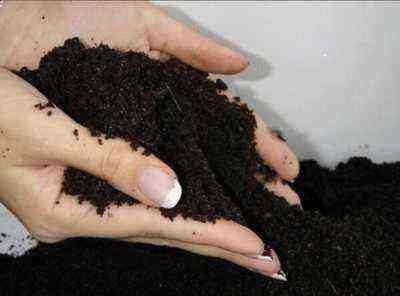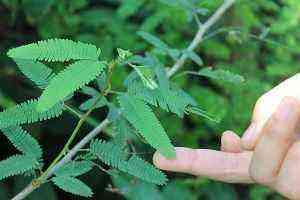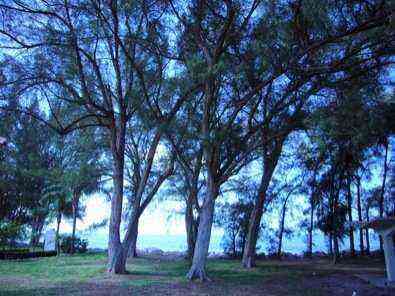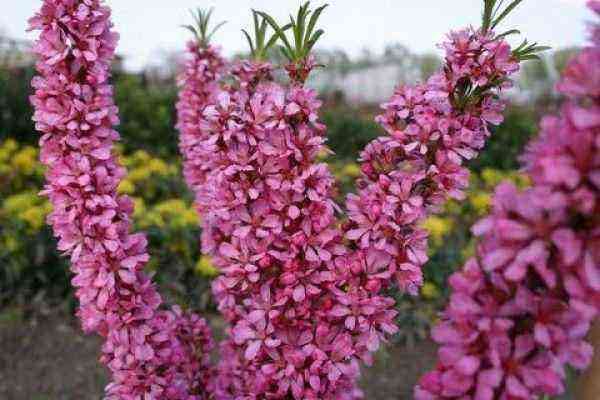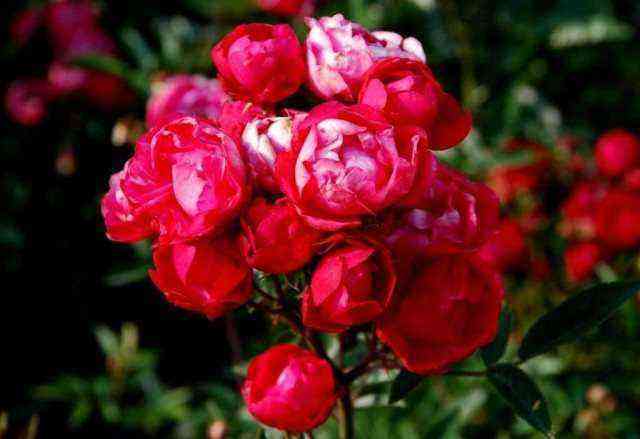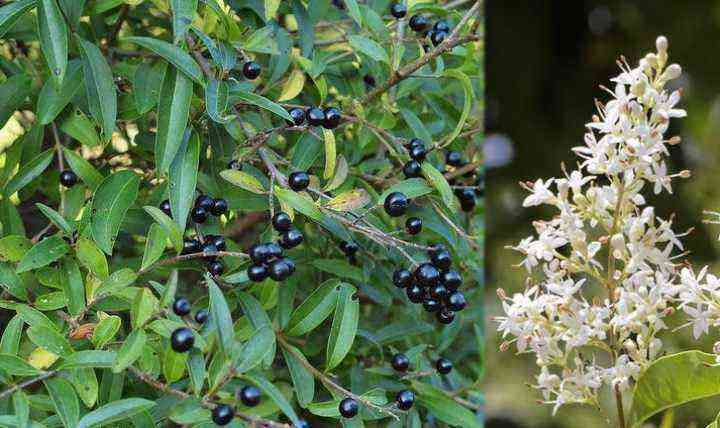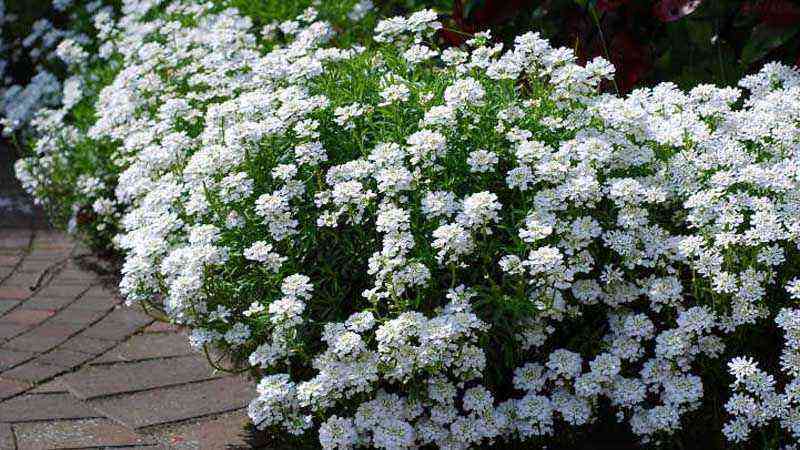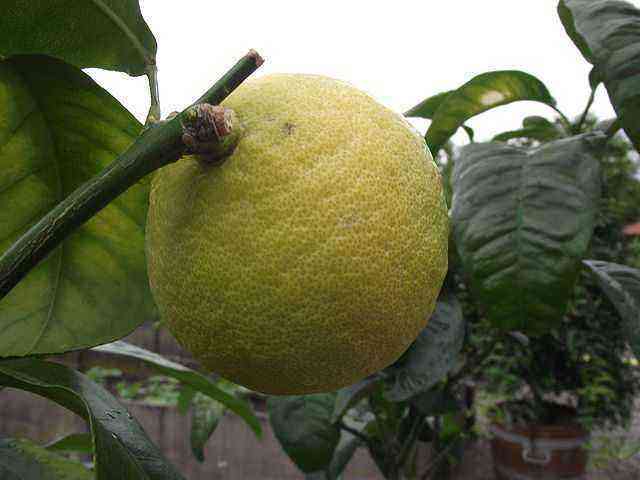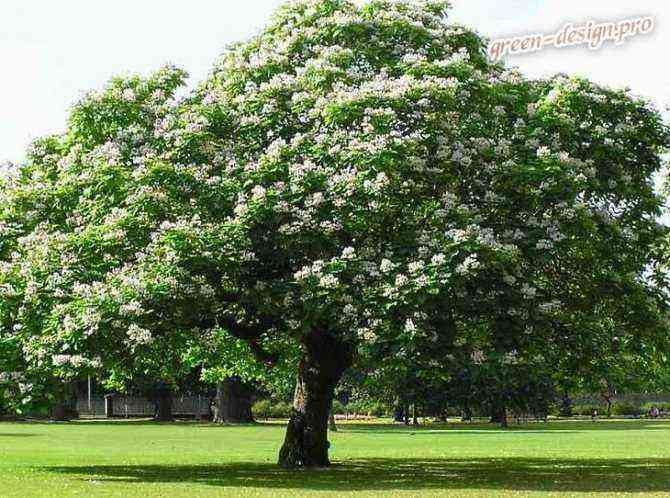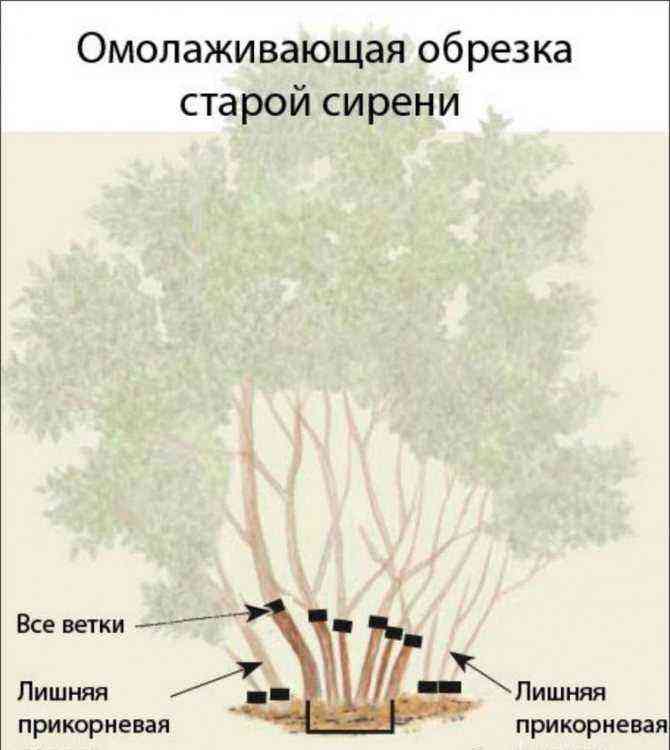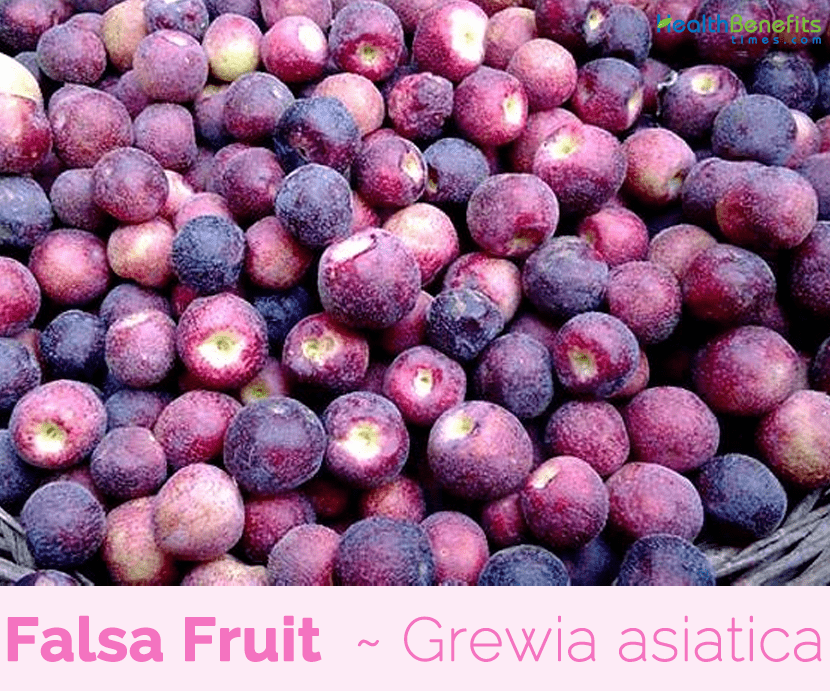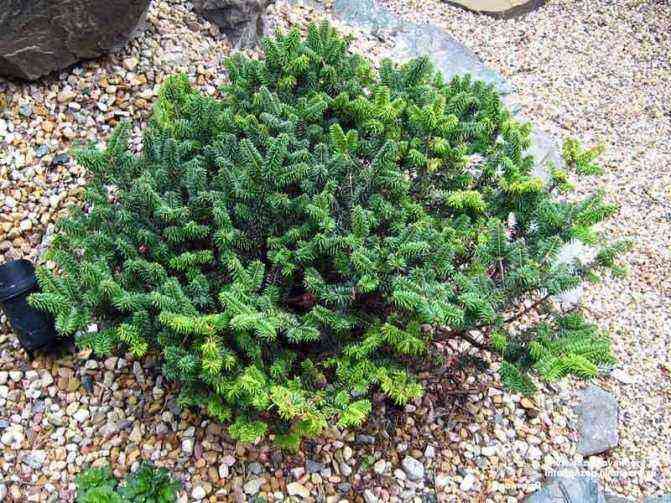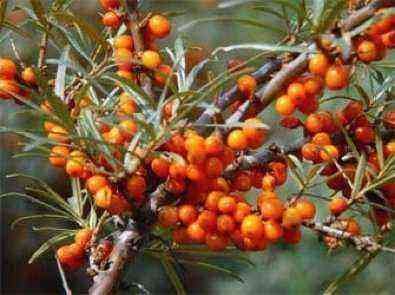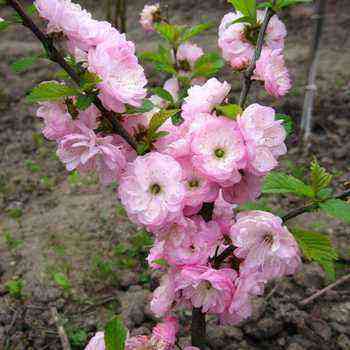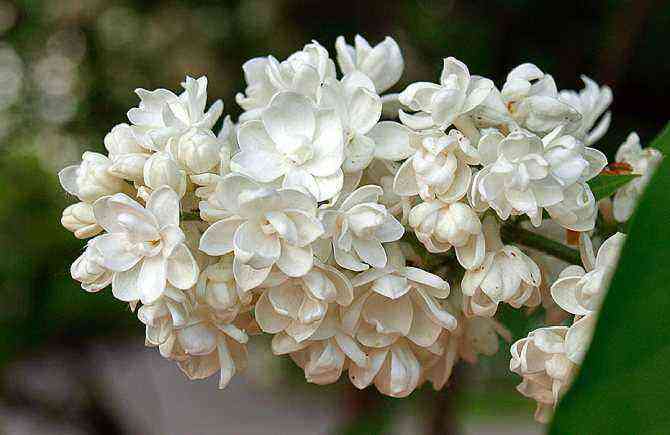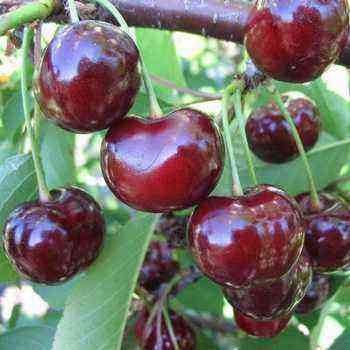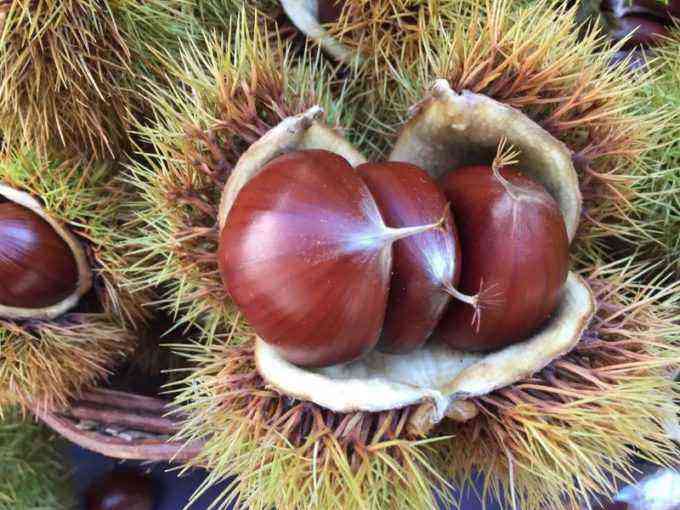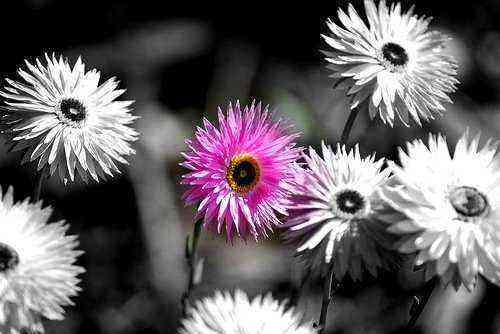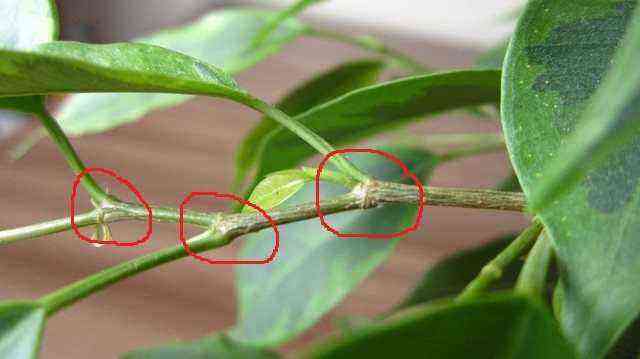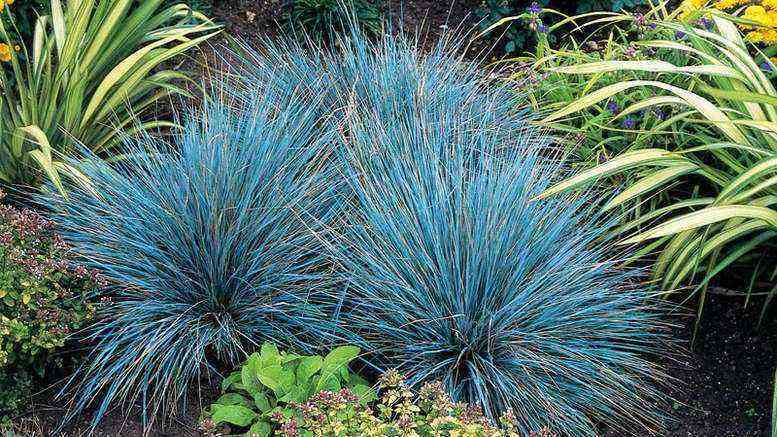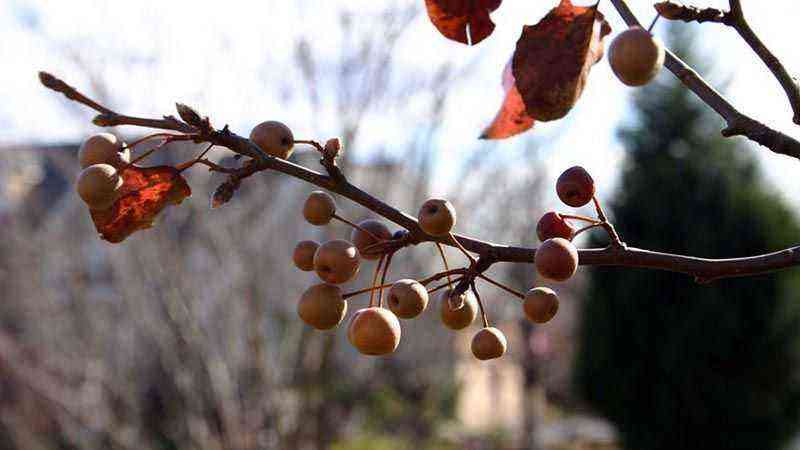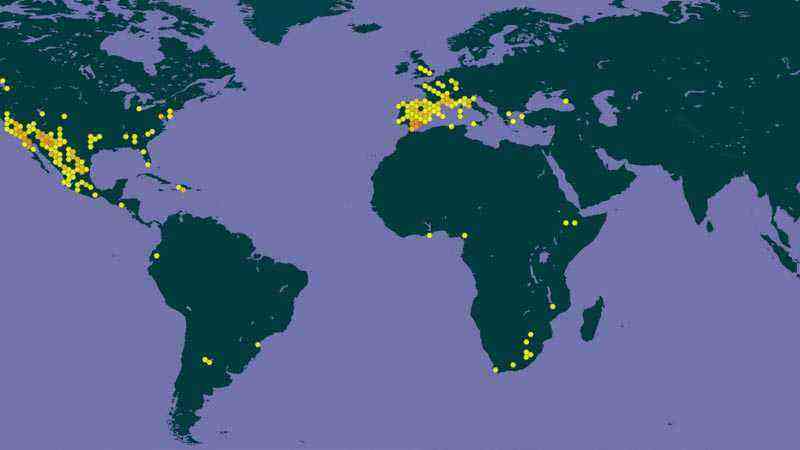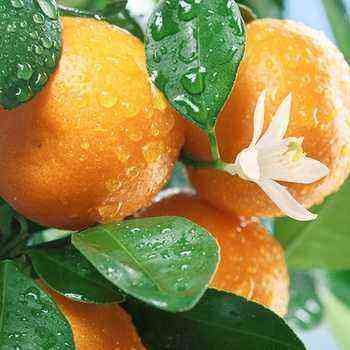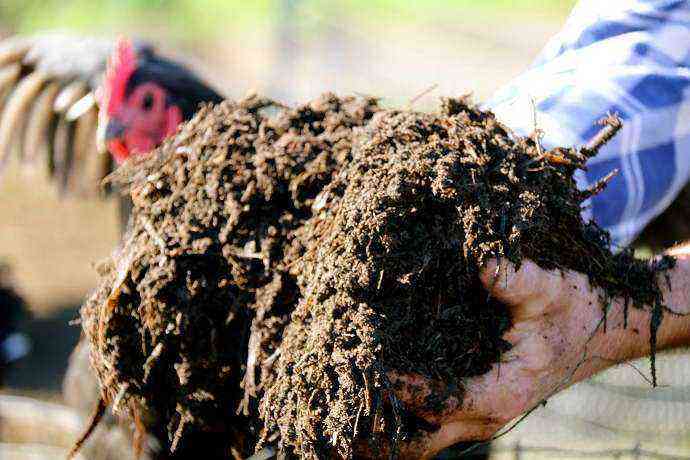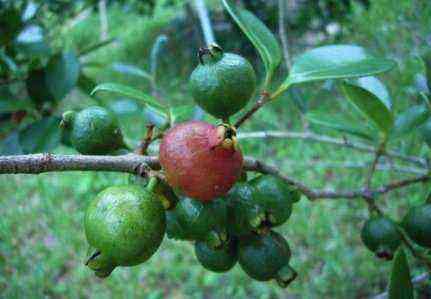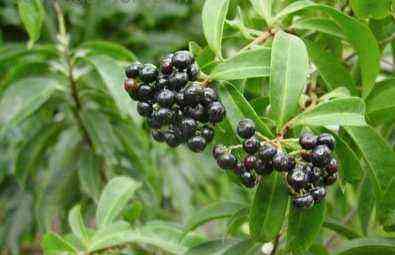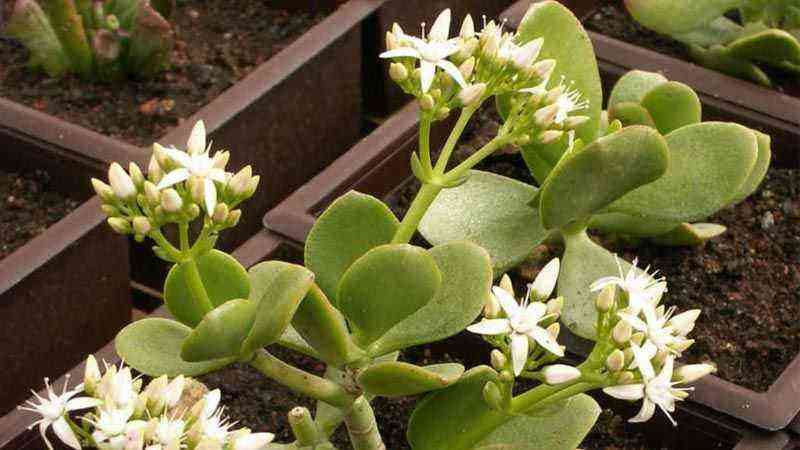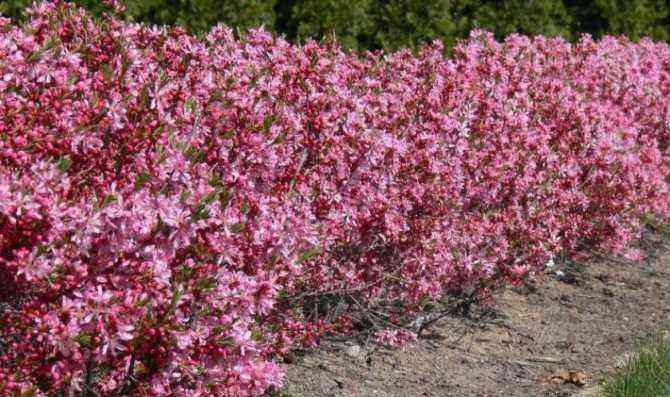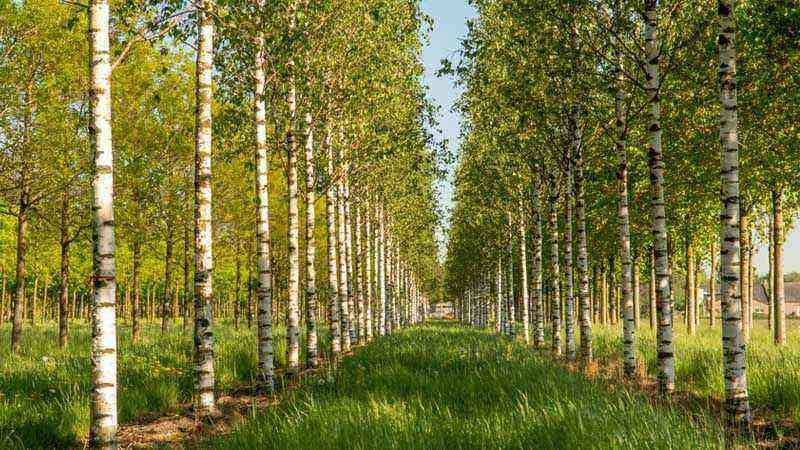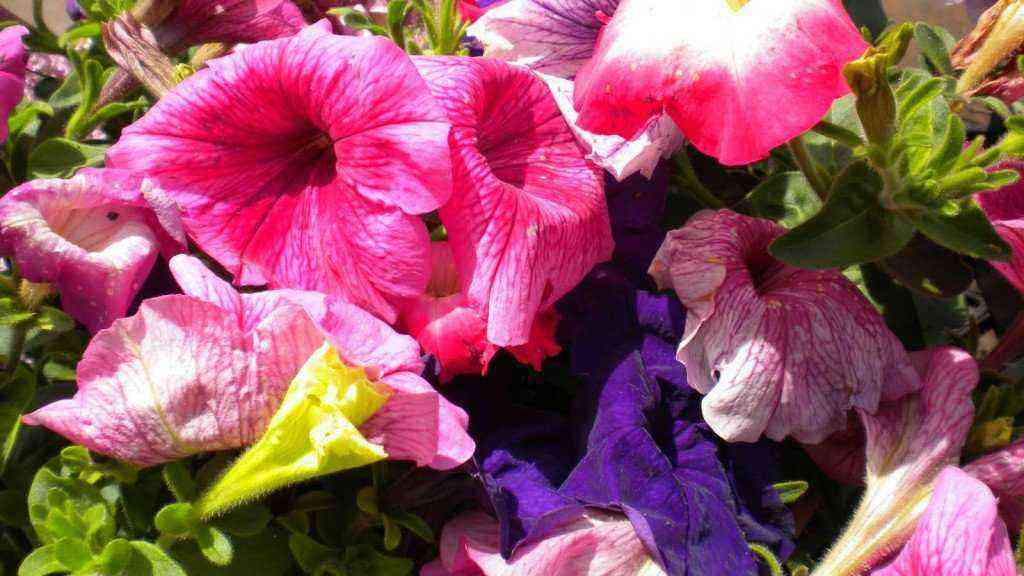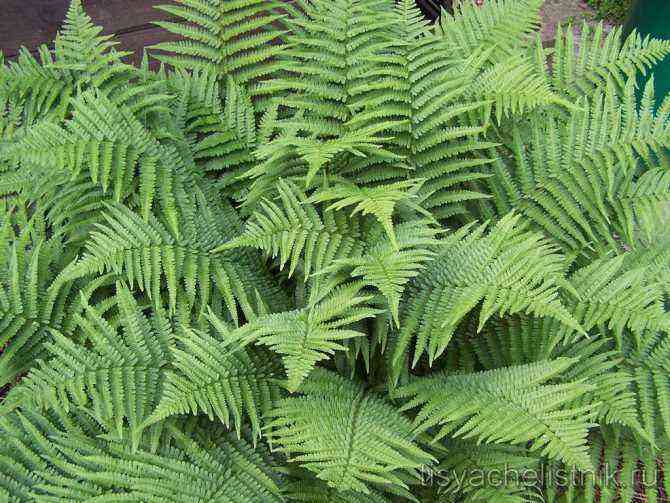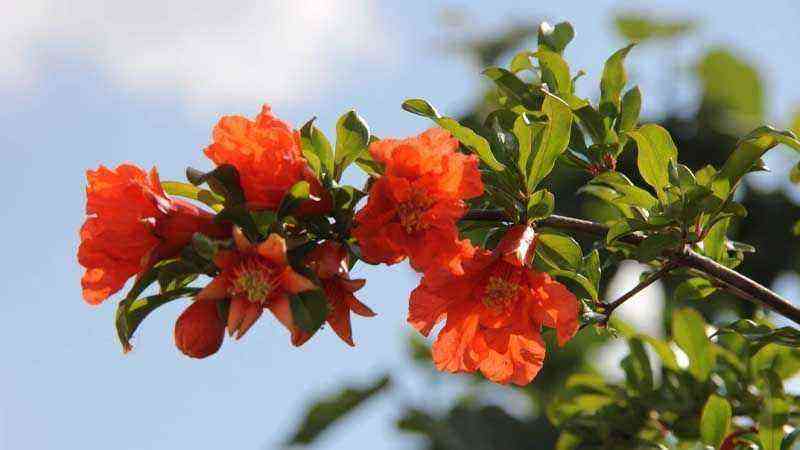We find a majestic tree of great size, belonging to the pinaceae family. He cedar of lebanon It is one of the great species of the plant world that everyone would like to have in their garden.
El género CEdrus Currently it is made up of 4 species, among which, of course, is the cedar of Lebanon:
- cedar or cedar of lebanon
- Cedrus atlantic or atlas cedar
- Cedrus deodara or cedar de Chipre
- Cedrus brevifolia or cedar of the Himalayas.
All these species have characteristics that unite them but morphologically they present differences. In this case, cedar It is typical of the Mediterranean area and very characteristic of the country it represents, Lebanon.
The most representative countries of this crop are, therefore, Lebanon, Syria and Turkey.
Characteristics of the cedar of Lebanon
To speak of this cedar is to mention a very tall tree, something that we will have to take into account when choosing its arrangement in our garden (for several generations).
It can reach heights of more than 30 meters, although this will depend on the conditions of the soil and climate.
It has a prominent trunk (and wood highly valued in carpentry), a pyramidal crown, intense green leaves and perennial type (they do not fall in autumn-winter).
Cedar cultivation
We are going to mention little by little the main characteristics of its cultivation. From the moment of transplantation to its final place such as the climatic, soil, pruning, water and nutrient requirements.
Climatic characteristics
The cedar of Lebanon adapts to a multitude of climatic ranges. It is classified within the Atlantic – Continental – Mediterranean and Mountainous environment.
It is able to withstand high temperatures typical of the Mediterranean in summer, and cold winters of the continental climate in winter. It supports a low temperature range and is resistant to frost.
It lives in direct exposure to the Sun, although in the first years of life, being a small plant, it can coexist in a semi-shade situation (half a day with light, the other half with shade).
Soil characteristics
It is typical to see forests of all kinds of cedar growing on calcareous soils, with an alkaline pH. Soils rich in calcium and magnesium.
The contribution of organic matter, especially in the first years of life, greatly conditions future development.
Being a very slow growing tree, with all the phenological stages very slowed down, the initial rooting stage is critical and we must choose the best development conditions.
We will transplant the Lebanon cedar seedling in autumn, in the first months of October. Thus we will give you a long period of time until the arrival of the cold.
Tips for transplanting cedar of Lebanon
We will carry out a hole up to 50 cm, where we will eliminate all kinds of stones or elements that hinder its root expansion. We provide decomposed organic matter that we will mix with the earth in equal parts. We place the cedar and wrap it with the earth. We do a deep plantation irrigation.
Irrigation and fertilization of the cedar of Lebanon
The first years of life we have to be generous with the contribution of water. At least the first 4 years we will have to apply 2 to 3 irrigations in summer and 1 or none in winter (depending on the rainfall in your area).
Specimens in the growth phase but adults, the risks can be cut to adapt them to periods of drought.
However, irrigation is the most critical element in setting the vertical growth pattern of the tree. There can be notable differences between a cedar of Lebanon in dry land and another in water, even though it is very slow growing.
Be careful with excess humidity, since what these types of crops fear most is the root rot due to excess water.
As to subscriber, periodic mulching or mulching can be done with organic matter each spring.
This season is perfect for reducing the evaporation of the water supplied and gradually releasing nutrients from the manure.
It is interesting to provide nitrogen-rich slow-release granular fertilizers. For example, a 3-1-2 NPK ratio, such as a 20-5-10, is interesting to favor root development and tree growth.
Pruning and other maintenance tasks
In general, the cedar of Lebanon is not pruned. Only in cases of old, affected, crossed or very short branches will it be necessary to make the cut.
However, there is no training pruning since it tends to have a pyramidal bearing by itself, without human action.
The multiplication is carried out from seeds in the months that correspond to spring. However, it is advisable to buy seedlings in garden centers or nurseries, since they meet all the sanitary conditions to guarantee their prosperity.
